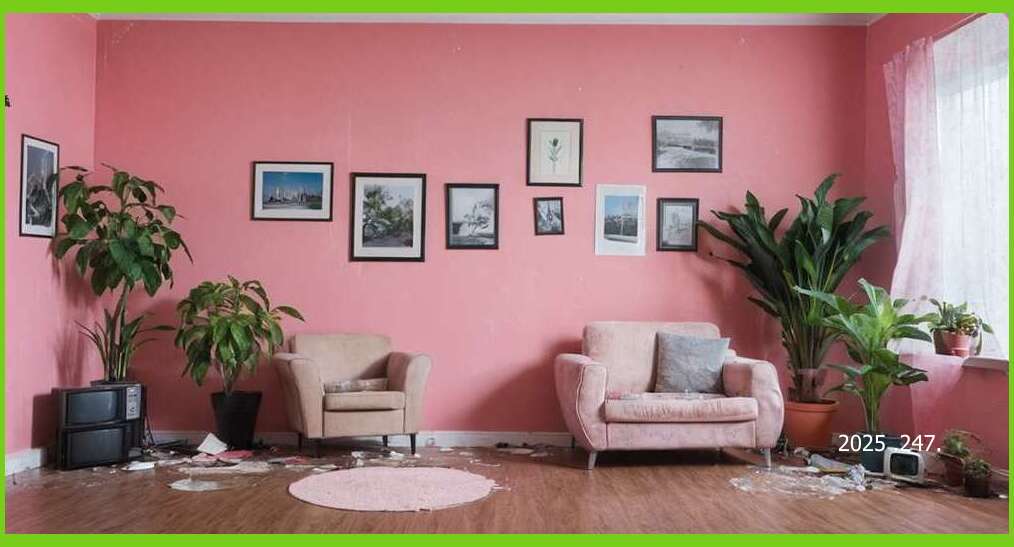With its potential health hazards and destructive capabilities, ignoring past fungal problems during flood damage repair can have long-term consequences for both homeowners and business owners. Therefore, conducting a thorough assessment of any previous or existing fungal growth is vital to ensure safe living conditions and prevent future outbreaks.

A professional flood damage repair company understands that careful inspection plays a crucial role in effective remediation efforts. They will go beyond surface-level evaluations by examining hidden areas such as crawlspaces, basements, wall cavities, and attics - places where mold growth may be undetectable to an untrained eye. By utilizing specialized tools like moisture meters or thermal imaging cameras, these professionals can identify hidden sources of moisture that contribute to ongoing fungal issues.
During this comprehensive analysis phase, different types of fungi are identified based on visual appearance or microbial sampling techniques carried out by certified inspectors. It's important not only to determine what species are present but also their levels and location within the affected property.
The collected data during this evaluation will guide the remediation process further down the line. With knowledge about specific types of molds found on-site, qualified technicians can propose targeted strategies tailored to their eradication effectively. Additionally, understanding which areas were most affected allows for precise removal procedures while minimizing disruption within unaffected sections of a building.
It's worth noting that even after repairing flood damages thoroughly with appropriate drying methods established by industry standards (such as Institute Of Inspection Cleaning And Restoration Certification guidelines), buildings might still harbor dormant spores waiting for favorable conditions to trigger re-growth later on.
To prevent future outbreaks, professionals may recommend implementing proactive measures like moisture control systems and sufficient ventilation. They might also suggest regular inspections to identify any signs of potential fungal issues before they become major problems.
In conclusion, flood damage repair should include a comprehensive analysis of past fungal issues to ensure that the affected property is thoroughly restored and safe for occupation. Taking this extra step not only prevents health risks but also avoids costly mold remediation efforts in the future. By enlisting the services of experienced flood damage repair specialists who understand these critical assessments, homeowners and business owners can take confident steps towards a clean and hazard-free environment after experiencing water-related disasters.